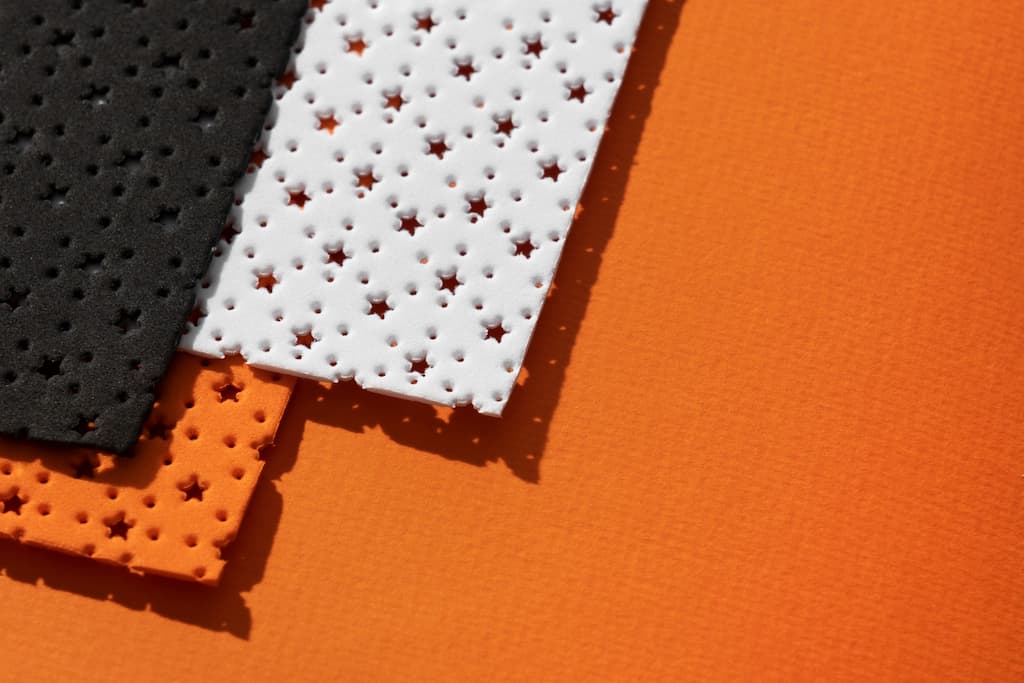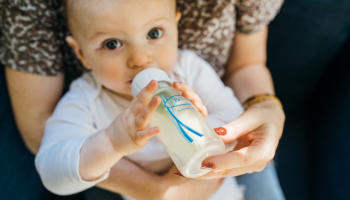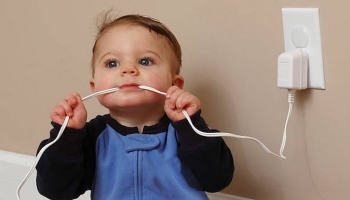
Every loving parent wants the best for their babies. So, it’s okay for them to wonder if EVA foam is safe for their little ones.
EVA foam is widely used in various industries, including footwear, sports equipment, crafts, and packaging. However, in recent years, more baby products like play mats and toys have been produced with EVA foam amidst strong concerns about their toxicity.
Key Facts
- Although EVA foam is generally considered a safer alternative to PVC, some produce a reproductive toxin called formamide. Formamide can affect humans when breathed in and may be absorbed through the skin.
- Some sources consider formamide a carcinogen (a cancer-causing agent).
- The toxicity of EVA foam is still debatable because, while countries like Belgium and France have placed limitations on the use of formamide products like EVA foams, others have yet to impose such restrictions on these products.
- Not all EVA foam products have formamide. Besides, where formamide is present, research suggests that its amount in EVA foam after production is insignificant and poses no threat to babies. Hence, parents can decide what works best for them.
What is EVA?
EVA (Ethylene-Vinyl Acetate) is a blend of ethylene and vinyl acetate. The resulting material is flexible, soft, and resistant to Ultraviolet radiation and cracking. EVA foam is known for its shock-absorbing properties, making it an ideal choice for applications where impact resistance is crucial — for instance, baby play mats, puzzle mats, yoga mats, and toys.
While EVA foam products are considered safer options than PVC, many parents have genuine concerns about using them in their homes due to their formamide content, which is deemed carcinogenic (which can lead to cancer).
But should they really be worried?
Is EVA Foam Safe for Babies?
Before anything else, it’s important to point out that some EVA foams are non-toxic, while others are potentially toxic. It all depends on their formamide content and to what level they contain this substance.
Products from non-toxic EVA foam pass European and US safety standards and are considered safe. However, EVA foam products containing formamide still pose some concerns because experts universally recognize formamide as harmful and urge people to avoid it for safety and health reasons.
But even as formamide is a cause for worry, the controversy remains whether EVA foam still retains traces of formamide used during manufacturing or whether it eventually evaporates from the end product. It’s a no-brainer that any remnant of formamide in EVA foam play mats will potentially release harmful gases.
But are there some formamide remnants in EVA foam products produced with the substance? Let’s hear from experts.
What Experts Say About EVA Foam Toxicity
EVA is seen as a safer choice than PVC because it doesn’t need harmful additives like phthalates or contain BPA. However, at some point in 2010, the foam was found to have formamide, a substance that makes it soft but is considered harmful. It can be absorbed through the skin or inhaled and is linked to cancer, reproductive, and developmental issues.
Belgium and France banned children’s EVA foam mats due to this concern, although the ban was lifted in 2011 and replaced with restrictions on formamide limits to >200 mg/kg.
This prompted the Australian and Canadian authorities to conduct tests, which found that the amounts of formamide in EVA foam products were insignificant. These products were safe for kids to use as intended. In fact, part of the statement from the Australian authorities read, “…a child would need to mouth for 20 minutes, or ingest, at least 4.17 square meters of typical foam play mat every day over their entire life to approach a level of exposure to formamide which might raise health concerns.”
In other words, it’s practically impossible for a child to be exposed to a dangerous amount of formamide using EVA foam products.
Moreover, in Brazil, researchers noted that formamide wears off with time: Over 50% is released and will be inhaled from the mats in the first two weeks after opening the package. Hence, to further eliminate the risk of exposure, we recommend sunning EVA foam materials for two weeks before using them for your kid.
EVA Foam Alternatives
If the narratives by experts are anything to go by, then EVA foam products are considered safe in the US and Europe – meaning you don’t need to seek other alternatives. However, some parents would rather take the better-safe-than-sorry approach.
Natural rubber is one of the purest and most eco-friendly alternatives to EVA foam. The primary difference between the two is that EVA foams are typically lightweight and budget-friendly and absorb light impacts (from babies) better, although sharp objects may dent and cut the mats. On the other hand, rubber is heavier, denser, offers greater durability and is more suitable for heavier objects.
Another option for parents who don’t want to have their babies on an EVA foam is organic cotton. They are free from harsh chemicals and offer a soft and cozy feel. While it’s rare to find playmats entirely made of cotton, many options feature a cotton cover with eco-friendly foam underneath to absorb impacts.
Conclusion
Now, a recap of the main question: IS EVA FOAM SAFE OR TOXIC? The simple answer to this question is YES. It is safe based on the current standards and science-based test results. However, you can rest assured that as research goes on and new facts emerge, we will keep you updated with the latest information to help you make the healthiest choices for your little ones. If you are still concerned about the safety of EVA foam products for your child, the alternative options we provided on this page can come in handy for you.
Frequently Asked Questions
Is EVA Environmentally Friendly?
EVA is a synthetic material typically less harmful than many others – at least, it’s far less dangerous than PVC. But it can be unfriendly to the environment because it degrades pretty slowly. However, recent studies confirm the possibility of a sustainable application of EVA waste in the footwear industry through eco-composite productions.
Is EVA Foam Toxic When Heated or Burnt?
Yes, it can be. Experts suggest wearing a face mask when burning in EVA foam because toxic emissions can be released.








